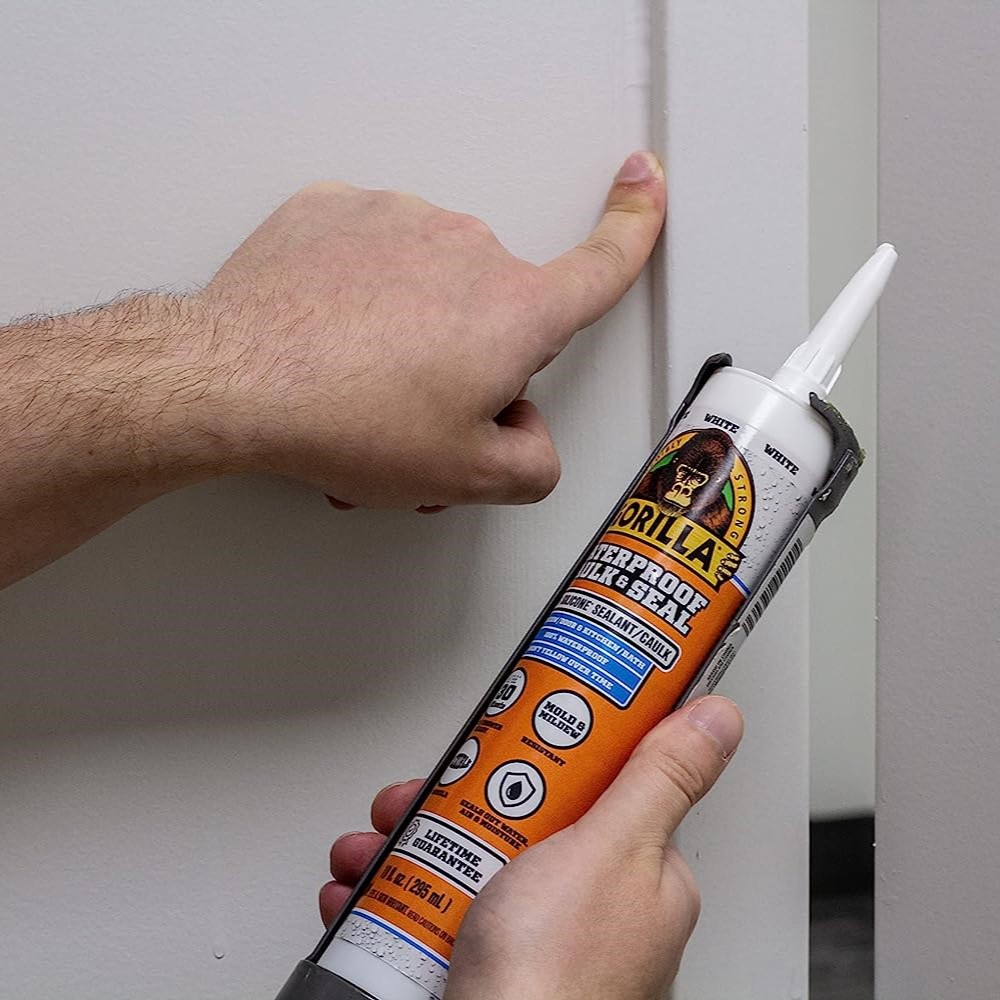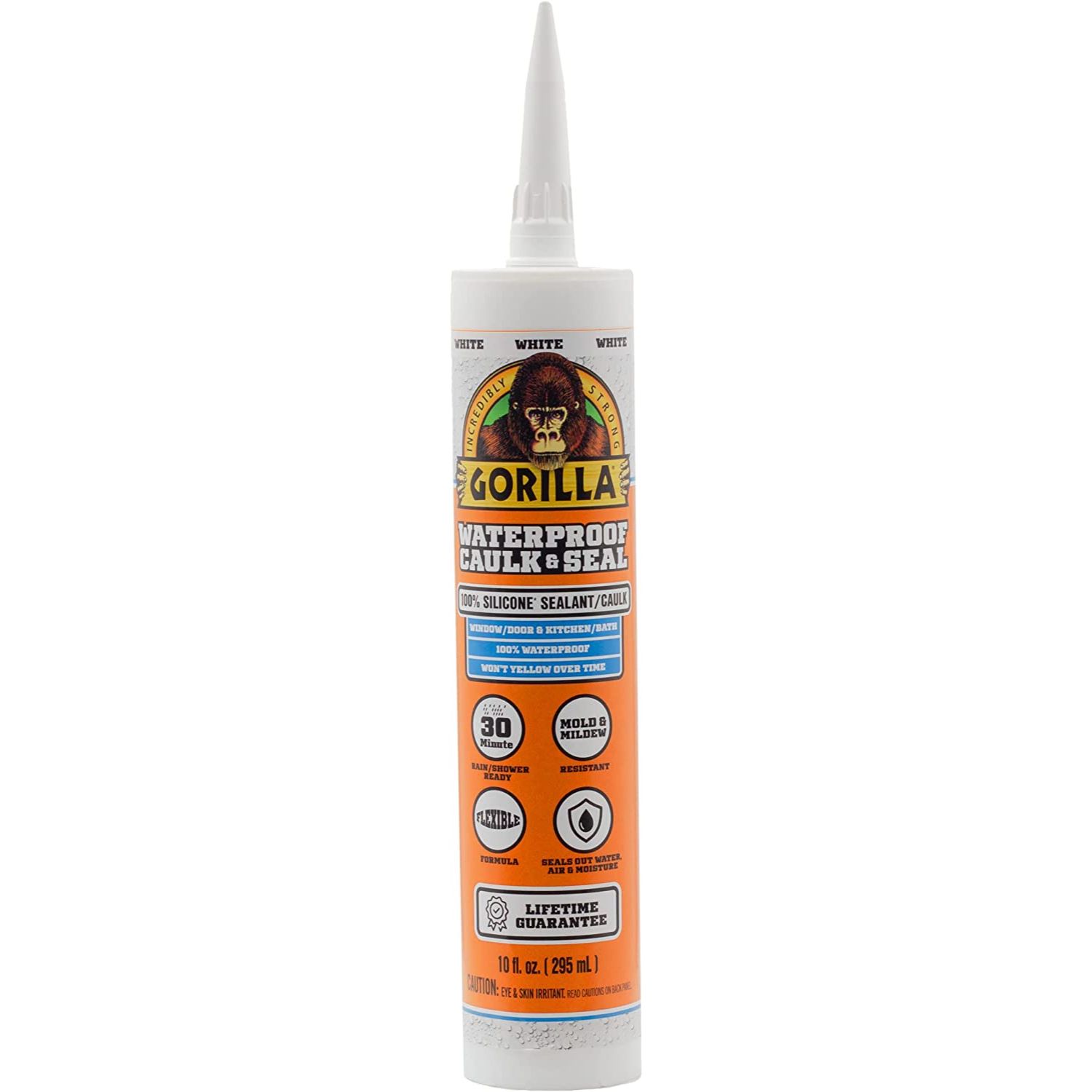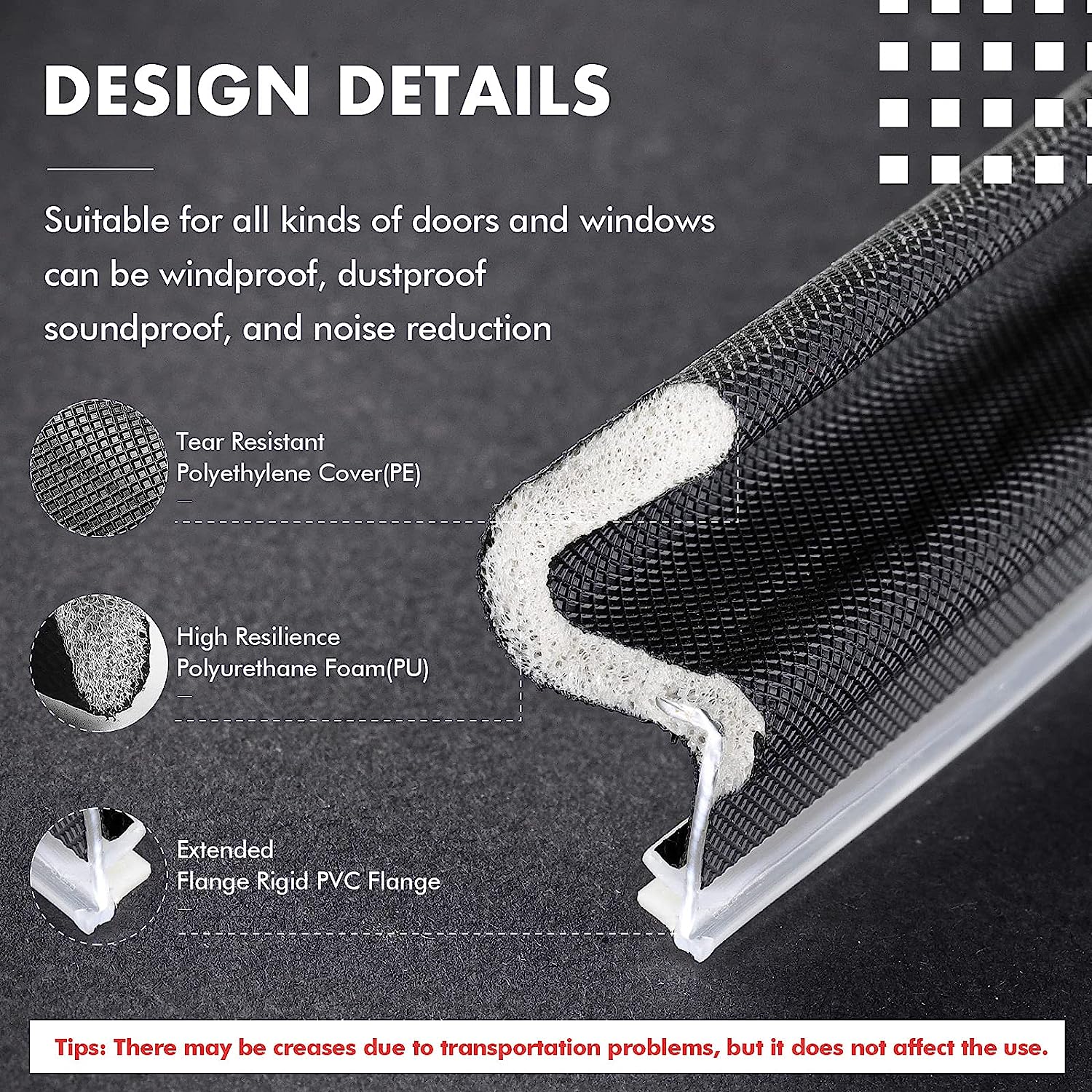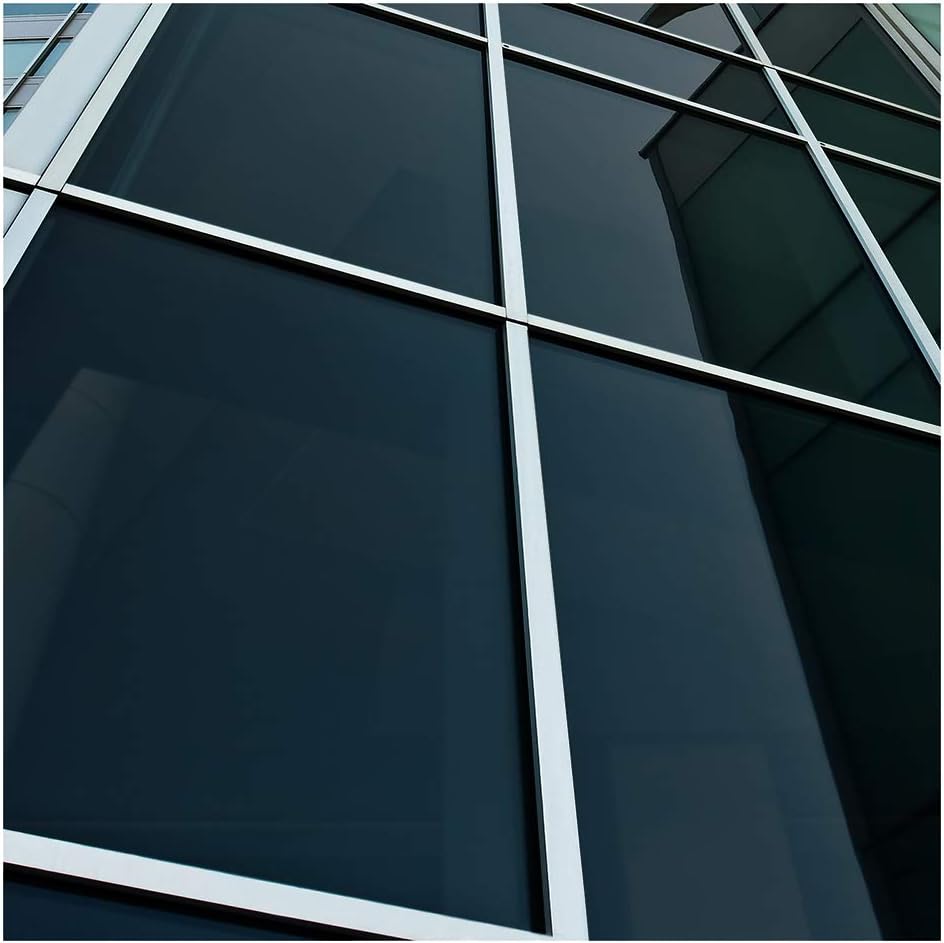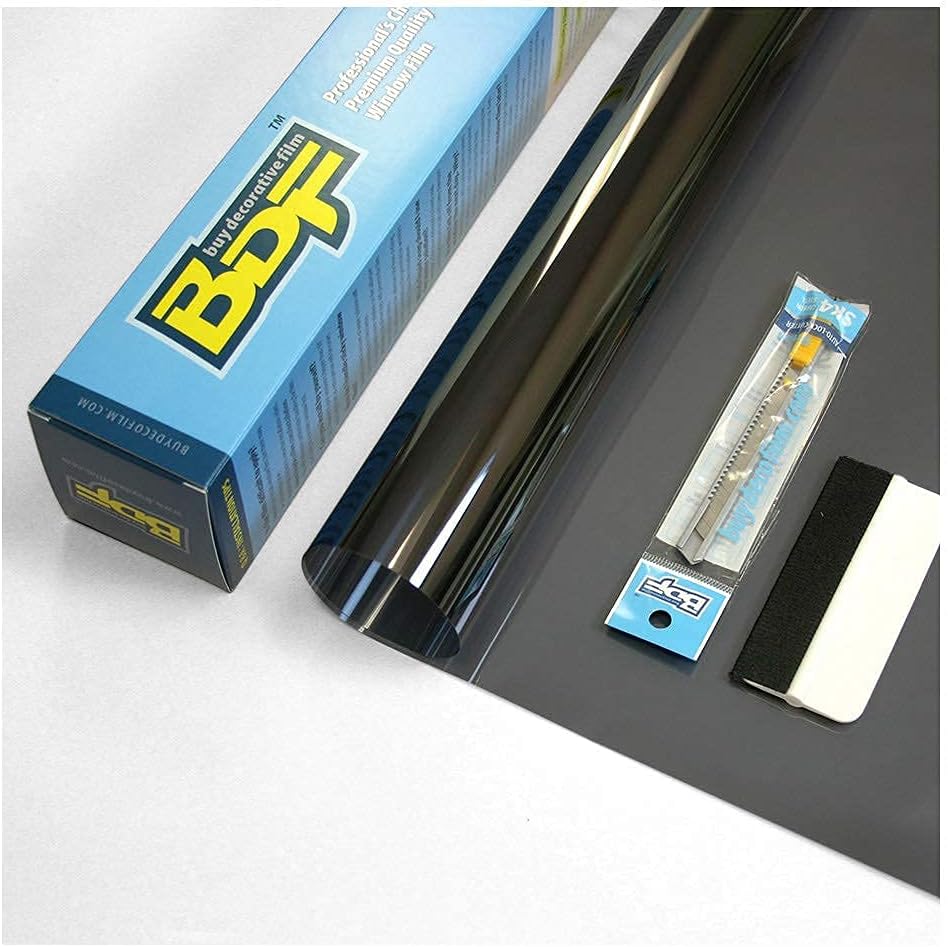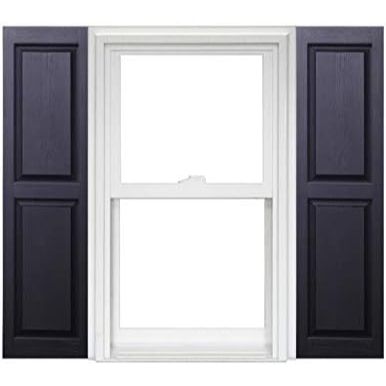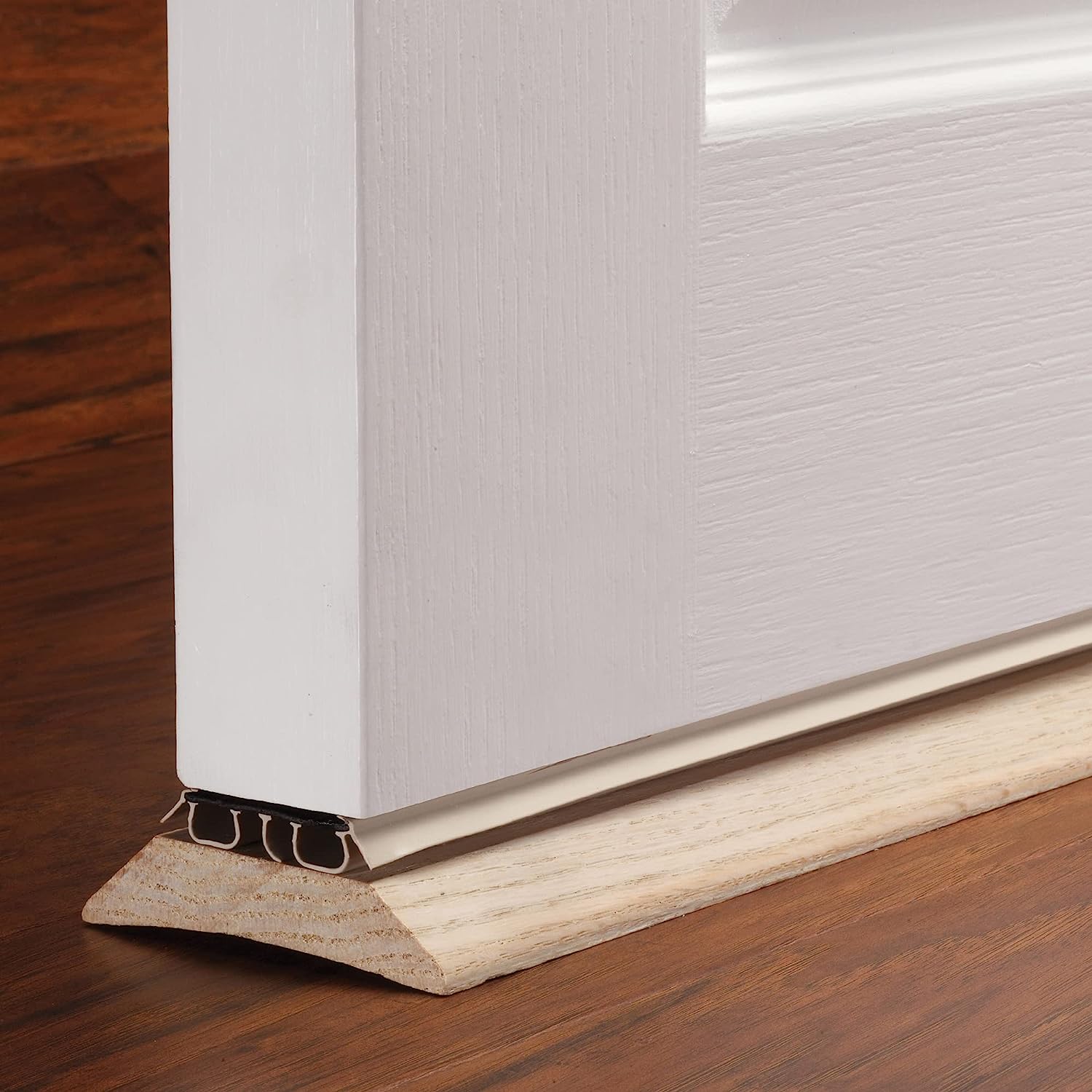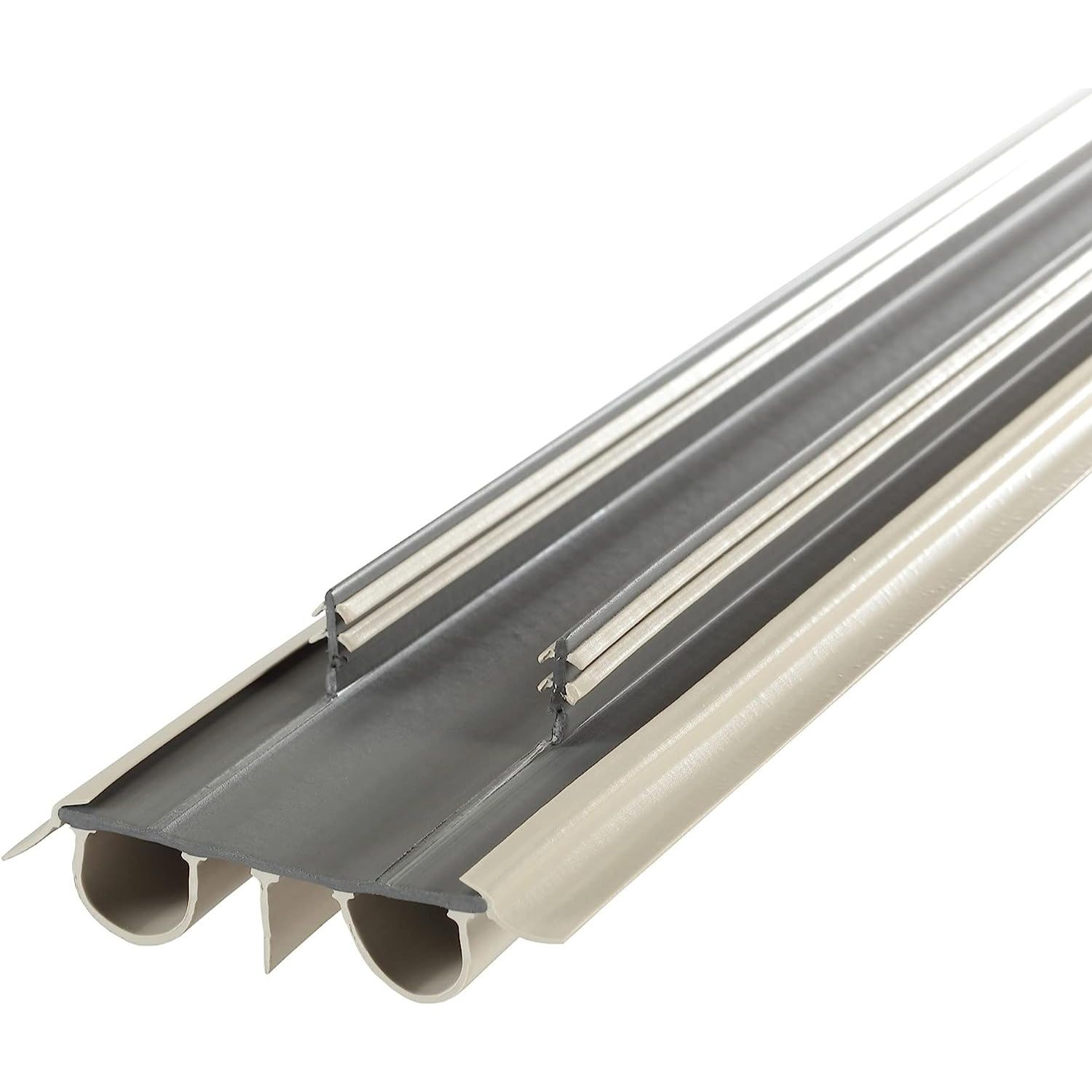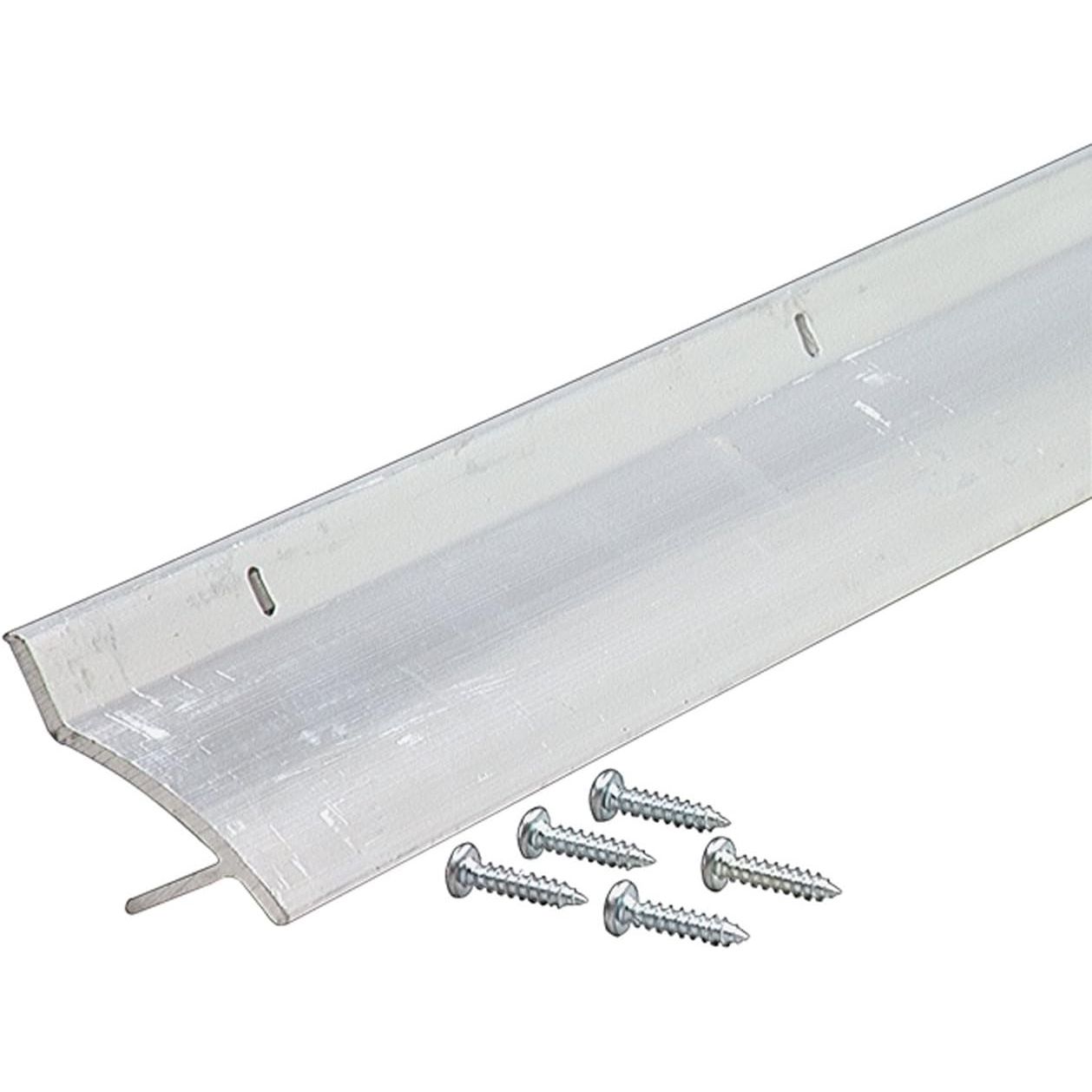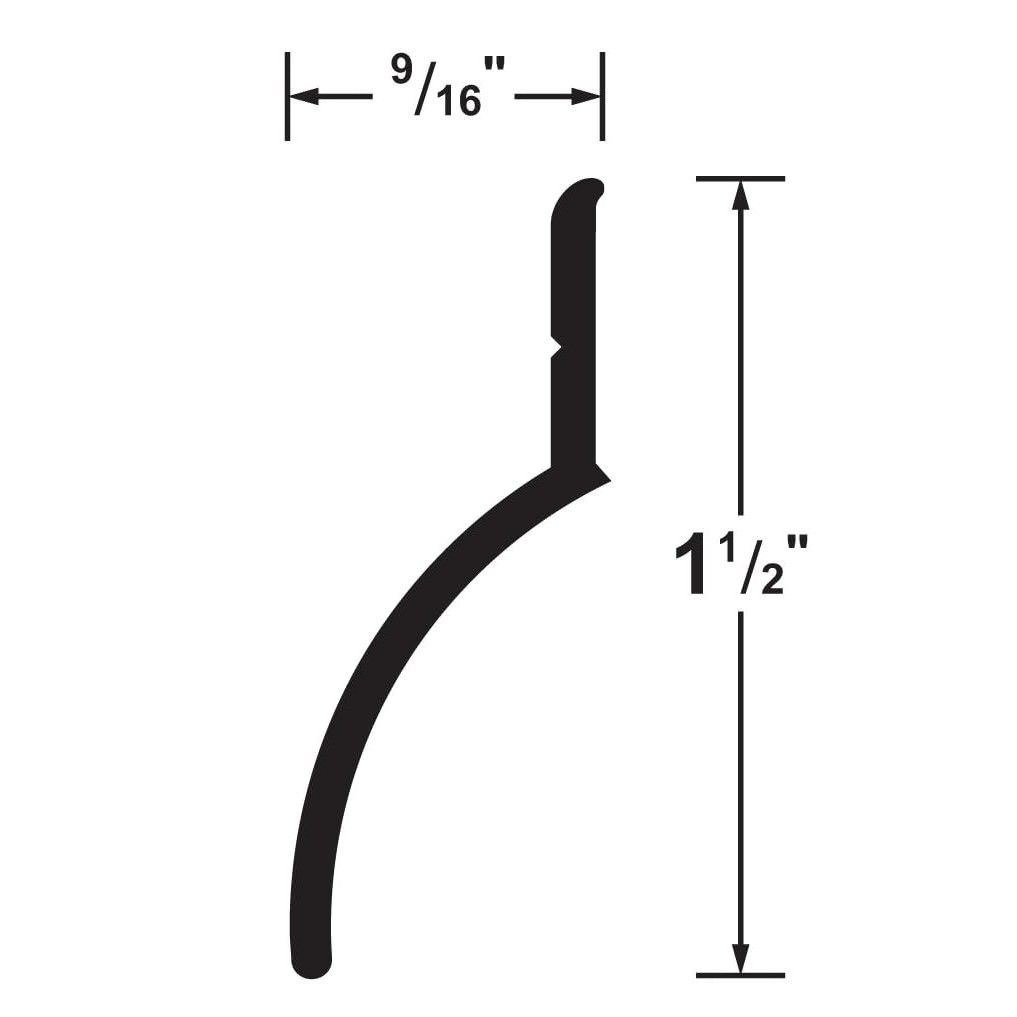Water damage is a homeowner’s worst nightmare. From causing structural issues to potential health hazards, it can wreak havoc on your property and your wallet. When it comes to protecting your home from water damage, one of the most important steps is ensuring that your windows and doors are properly sealed. Here, we will discuss some effective sealing techniques that can help safeguard your home from water infiltration.
Note: Some of the links here are affiliate links. There’s NO additional cost for you, but it does help our team to earn some coffee money to help write more tips to keep you dry.
1. Identify the Problem Areas
Before you can effectively seal your windows and doors, it’s crucial to identify the problem areas. Check for any cracks, gaps, or damaged weatherstripping around your windows and doors. These are common entry points for water during heavy rainstorms or flooding. Take note of any areas that require immediate attention to prevent further water damage.
2. Use High-Quality Sealants
Invest in high-quality sealants specifically designed for windows and doors. Choose one that is water-resistant, durable, and flexible to withstand changing weather conditions. Silicone or polyurethane-based sealants are recommended for their excellent adhesion properties and ability to form a watertight seal.
3. Inspect & Replace Weatherstripping
Weatherstripping is a crucial component in sealing windows and doors. Over time, it may wear out or become damaged, compromising its effectiveness. Regularly inspect the condition of your weatherstripping and replace it if necessary. Choose weatherstripping materials that are resistant to water absorption, such as rubber or silicone.
4. Window Film
Applying a window film can provide an extra layer of protection against water infiltration. Window films are transparent, adhesive-backed sheets that can be easily installed on glass surfaces. They not only enhance the energy efficiency of windows but also act as a barrier against water, preventing leaks and reducing condensation.
5. Storm Shutters
Storm shutters are an effective sealing technique for windows and doors, providing homeowners with a reliable solution to protect their homes against water damage. These shutters are specially designed to withstand heavy rains, high winds, and flying debris during storms or hurricanes. By securely covering windows and doors, storm shutters create a barrier that prevents water from seeping into the house, effectively safeguarding the interior from potential flooding and moisture-related issues.
6. Thresholds & Door Sweeps
Thresholds, installed at the base of doors, act as a barrier to prevent water from seeping through gaps and entering the interior. They are designed to create a tight seal, ensuring that no water infiltrates the space. Door sweeps, on the other hand, are attached to the bottom of doors, further enhancing the sealing capabilities. By creating a physical barrier between the door and the floor, door sweeps prevent water from flowing into the house during heavy rain or flooding.
7. Install Drip Caps
Drip caps are small metal or plastic strips installed above exterior doors and windows. They help redirect water away from the opening, preventing it from seeping inside. Drip caps are particularly effective in areas prone to heavy rain or strong winds. Ensure that they are properly installed and securely fastened to provide optimal protection.
8. Seal Cracks and Gaps
Even the smallest cracks and gaps can allow water to enter your home. Use caulk or sealant to fill in any gaps around your windows and doors. Pay close attention to areas where the frame meets the wall or where different materials meet, as these are common areas for water infiltration. Properly sealing these gaps will greatly reduce the risk of water damage.
9. Maintain Proper Drainage
In addition to sealing windows and doors, it’s essential to maintain proper drainage around your home. Ensure that your gutters and downspouts are clear of debris and functioning properly. Direct downspouts away from your foundation to prevent water pooling near your windows and doors. Proper grading around your home can also help divert water away from your property.
10. Regular Maintenance
To ensure the long-term effectiveness of your sealing techniques, regular maintenance is key. Inspect your windows and doors at least once a year, preferably before the rainy season. Look for any signs of wear or damage and address them promptly. Regularly clean and maintain your seals to prevent debris buildup and maintain their effectiveness.
The Bottom Line
Effective sealing for windows and doors are crucial in preventing water damage to homes. Remember, prevention is always better than dealing with the aftermath of water damage. Protect your home and your investment by implementing these effective techniques today.


